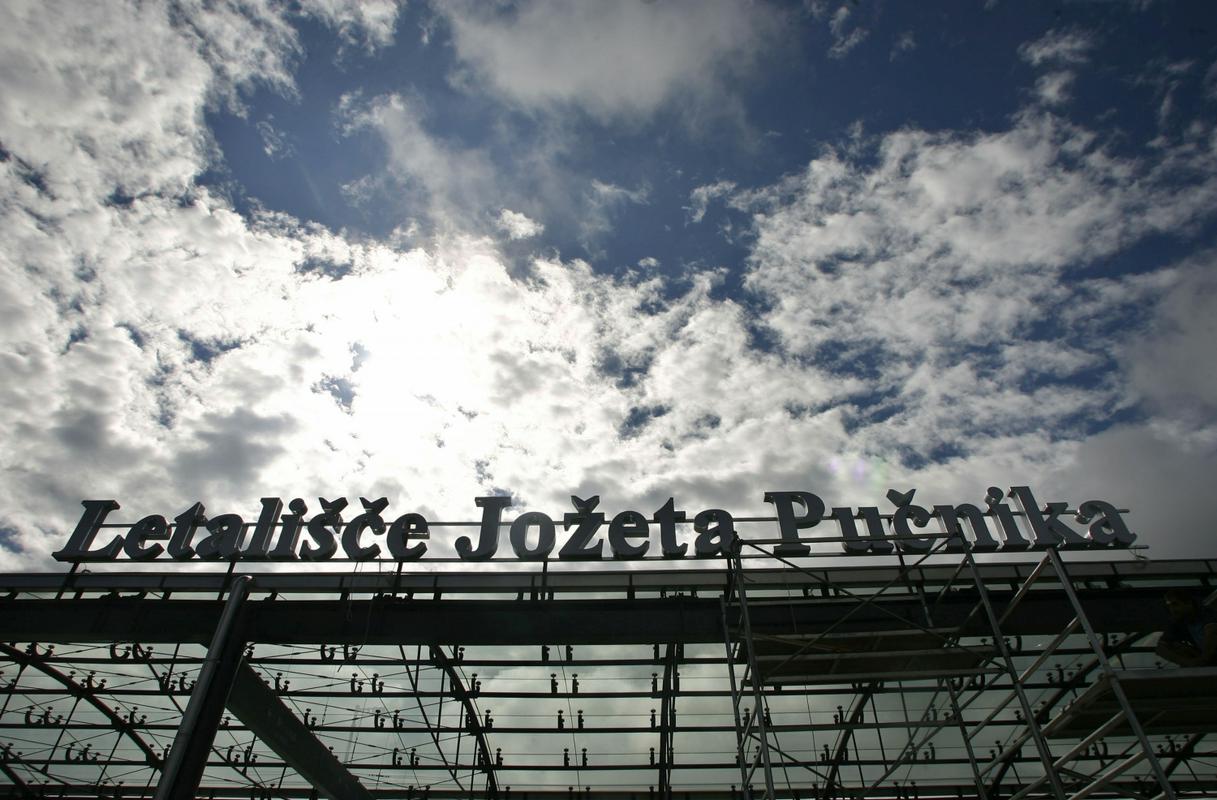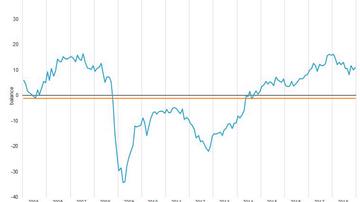

In 1996 the United Nations proclaimed 7 December the International Civil Aviation Day to increase awareness of the importance of international civil aviation and the role of the United Nations International Civil Aviation Organisation (ICAO), which is responsible for the development of international air safety standards.
According to the ICAO estimate, the largest number of passengers ever was carried in international and national scheduled air transport in 2016; almost 3.8 billion or 6.8% more than in 2015. In addition, 52.6 million tons of cargo was carried, which is 4.0% more than in 2015. According to the ICAO, almost 1.6 billion passengers travelled in international air transport in 2016, which is 8.1% more than a year earlier.
Since 1977 global air traffic has doubled in size about every 15 years and the ICAO expects that it will continue to do so at roughly the same pace. In its annual report for 2016, the ICAO expects that by 2040 the number could grow to ten billion.
… and in Slovenia
According to our data, 1.5 million passengers travelled through the three international airports in Slovenia in 2016, which is almost 43% more than ten years ago, when for the first time over a million passengers were transported. In the past decade air transport in Slovenia dropped below a million passengers only in 2012. A large majority of air passengers arrived in and departed from Slovenia at Ljubljana airport.
Most passengers were recorded on the flights to and from Germany (16.6% of all passengers), followed by the United Kingdom (13.4%), Turkey (7.9%), Switzerland (7.0%), Belgium (6.9%), France (5.3%), Serbia (4.7%), Austria (4.5%), Greece and Albania (3.7% each), etc. Over 70% of all passengers travelled to and from these countries, more precisely 74.3% of departures and 72.8% of arrivals. A year-on-year comparison shows that the number of passengers increased the most between Slovenia and the United Kingdom (by more than 30,000), followed by Poland (by more than 20,000) and the Netherlands (by more than 10,000). On the other hand, compared to 2015 the number decreased the most between Slovenia and Serbia, followed by Turkey, Switzerland and Egypt.
Professional pilots
In 2016 the Statistical Register of Employment, which covers only persons who are included in compulsory social insurance in Slovenia, listed 196 pilots (fewer than 5 of them women). How many exactly cannot be stated without breaching confidentiality. In addition, the register listed 35 female and 141 male flight controllers and 49 air traffic safety technicians (again fewer than 5 of them women).
How much on average did these people earn per month gross? On average, pilots earned EUR 5,424 (earnings of female pilots cannot be disclosed), female flight controllers EUR 5,081, their male colleagues EUR 6,127, and air traffic safety technicians EUR 2,878 (again earnings of female air traffic safety technicians cannot be disclosed). For comparison, average monthly gross earnings in Slovenia in 2016 amounted to EUR 1,685.
Aircraft, licences and sport aviation
According to the Civil Aviation Agency of the Republic of Slovenia, there were 184 airplanes, 22 helicopters, 131 gliding planes, 94 ultralight aircraft, 1 gyroplane, 31 balloons and 38 powered hang gliders in Slovenia at the end of September 2016. The Agency’s records show that there were 1,454 pilots with licence for airplanes, 174 for helicopters, 578 for gliding, and 667 for ultralight aircraft, 415 skydivers for classical parachutes, 1,612 pilots for para-gliding, 168 for hang gliders, and 53 for balloons, while 257 persons had a cabin crew licence.
Sport aviation in Slovenia, which is under the auspices of the Aeronautical Association of Slovenia, currently includes 74 aviation societies, of which 10 aero clubs, members of which are engaged in various types of aviation activities.
Air traffic accidents
According to ICAO data, there were 79 aircraft accidents for scheduled air services in 2016, 14% fewer than in 2015. The data include only larger commercial aircraft. The number of fatalities in scheduled operations worldwide decreased to 183 (from 474 in 2015). The global accident rate thus decreased to 2.3 per million scheduled departures (from 2.8 per million in 2015).

































































